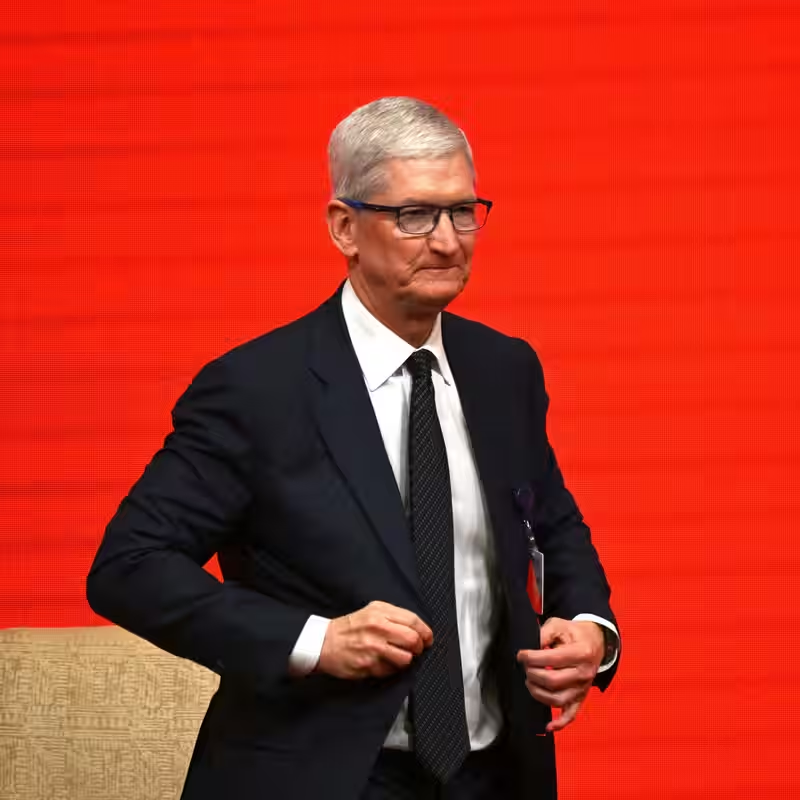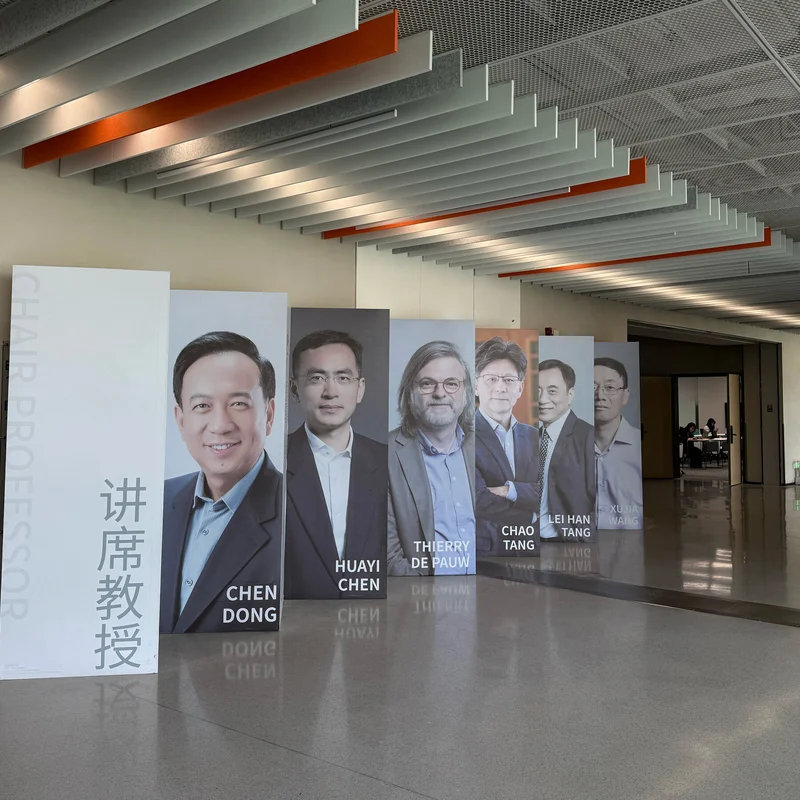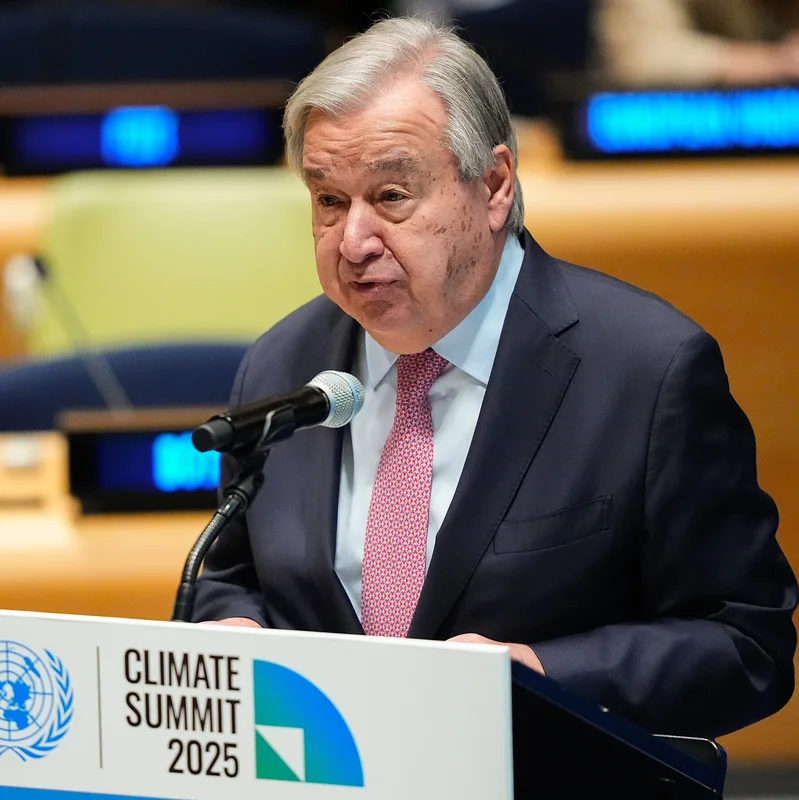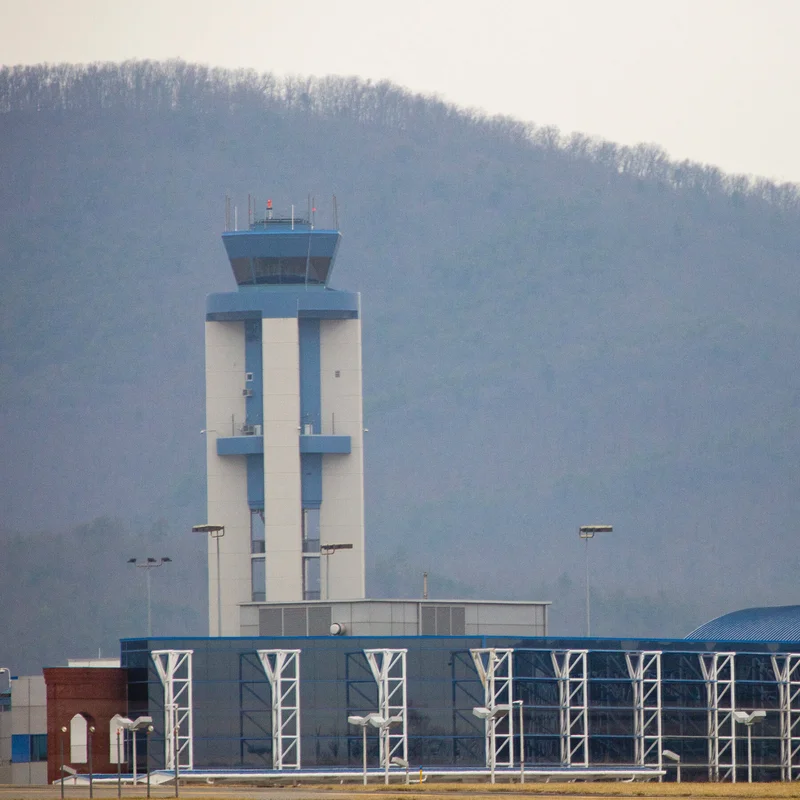Table of Contents
- Apple Caught Between Two Giants
- Cook Doubles Down on Investment—On Both Sides of the Pacific
- China’s “iPhone City” Remains Critical
- Marketing Moves and Labubu Diplomacy
- Challenges in China’s Smartphone Market
- Sources
Apple Caught Between Two Giants
In an era where geopolitical tensions increasingly shape corporate strategy, Apple finds itself walking a razor-thin line between Washington and Beijing. With global tech supply chains under intense scrutiny and both superpowers demanding loyalty, Apple CEO Tim Cook has taken an audacious—and perhaps necessary—approach: pledging massive investments in both the United States and China.
Cook Doubles Down on Investment—On Both Sides of the Pacific
Just weeks after promising President Trump a staggering $100 billion investment in U.S. advanced manufacturing and supply chain expansion, Cook landed in Beijing this week with a similarly warm message for Chinese officials. During high-level meetings, including one with China’s Commerce Minister Wang Wentao, Cook reaffirmed Apple’s commitment to deepening its presence in China—the company’s second-largest market and primary manufacturing hub.
While Apple has not disclosed the exact figure for its Chinese investment, state media reported that Beijing “welcomed Apple’s deepening cooperation and increased investment.” This dual-track strategy underscores the tech giant’s precarious position in the U.S.-China tech war, where neutrality is no longer an option—but survival may depend on appearing loyal to both sides.
Why This Matters for Apple
Apple’s balancing act isn’t just diplomatic theater—it’s existential. Over 90% of iPhones are still assembled in China, primarily at Foxconn’s Zhengzhou facility, nicknamed “iPhone City.” Meanwhile, U.S. political pressure to onshore critical tech production has intensified, especially around semiconductors and AI infrastructure.
China’s “iPhone City” Remains Critical
Despite efforts to diversify manufacturing to Vietnam, Thailand, and India, Apple’s reliance on China shows no signs of slowing. A recent investigation by labor watchdog China Labor Watch estimated that up to 200,000 workers were employed in Zhengzhou during the iPhone 17 production ramp-up—highlighting the scale and sophistication of China’s manufacturing ecosystem.
Years of government support—tax breaks, infrastructure investments, and streamlined logistics—have made Zhengzhou nearly irreplaceable for Apple’s just-in-time production model. Pulling out abruptly would risk massive delays and cost overruns.
Marketing Moves and Labubu Diplomacy
Cook’s Beijing trip wasn’t all boardrooms and policy talks. The CEO visited the set of a music video shot entirely on the new iPhone 17 Pro, met with local game developers, and even received a custom-made Labubu doll—a trendy collectible from Chinese toymaker Pop Mart—designed to look like himself.
This blend of soft diplomacy and savvy marketing reflects Apple’s broader strategy in China: stay culturally relevant while navigating political headwinds. The company also announced a new (undisclosed) donation to Tsinghua University to expand environmental education, further embedding itself in China’s academic and innovation landscape.
Challenges in China’s Smartphone Market
Yet, Apple’s path in China isn’t smooth. Domestic brands like Huawei, Vivo, and Oppo have surged in popularity, pushing Apple out of the top five smartphone sellers at times over the past two years. Adding to the pressure, China’s January smartphone subsidy program excludes devices priced above ~$840—rendering most new iPhones ineligible.
Still, demand remains strong among premium buyers. The newly launched iPhone 17 Air sold out within minutes of its presale launch in China last Friday, signaling that Apple’s brand cachet endures—even amid rising nationalism and economic uncertainty.
Sources
The New York Times: Apple, Caught Between U.S. and China, Pledges Investment in Both




